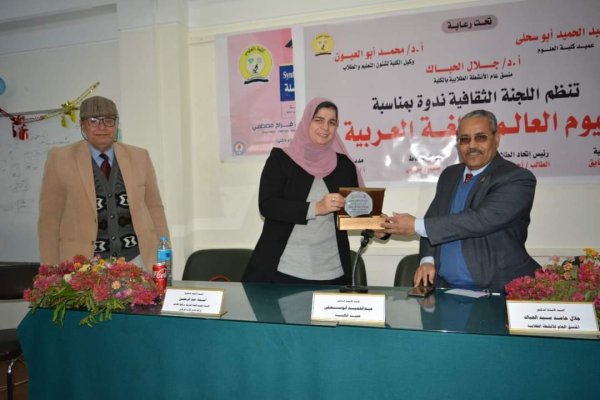[HTML] from sciencedirect.com Overview on the edible mushrooms in Egypt
Edible Mushrooms have been valued as a valuable food source due to its nutritional and medicinal characteristics. Edible mushrooms contain various bioactive components such as proteins, polyunsaturated fatty acids, polysaccharides, dietary fibers, amino acids, vitamins, and minerals. They have essential health effects, such as antioxidant, antimicrobial, immune-stimulatory, and anticancer, cholesterol-lowering properties. Because of their nutritional and medicinal benefits, mushrooms have become increasingly popular in recent years all over the world. Mushrooms were considered immortality plants in Ancient Egypt and were given to mankind by the god Osiris. Mushrooms were declared a delicacy reserved only for Egyptian nobility due to their distinct flavor. The current study focuses on the common species of edible mushrooms in Egypt and their different bioactive ingredients, nutritional values and the health







